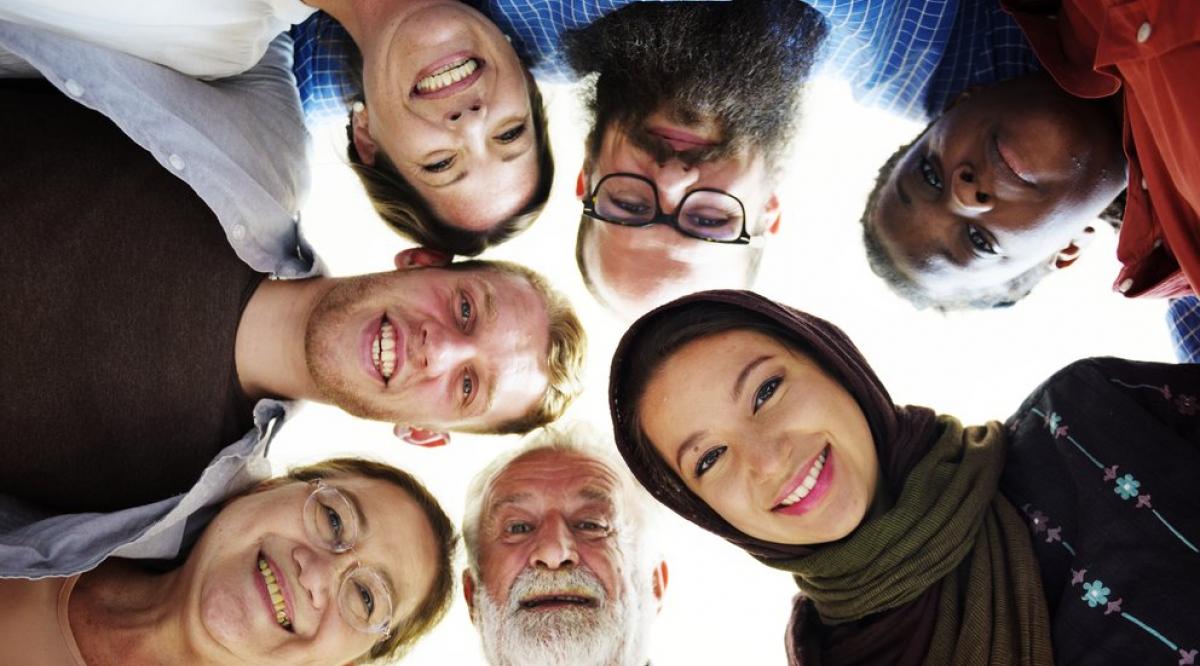Editor's note: The opinions expressed by the authors do not necessarily reflect the opinions of the AAMC or its members.
Stories of sexual misconduct and racial tensions fill the news, and academic medicine is certainly not immune from disturbing reports of mistreatment and inequality. These include unconscious biases, sexist language in lectures, and tongue lashings in the presence of patients. Indeed, 42% of students nationwide reported being mistreated at some point during medical school, according to the 2018 AAMC Graduation Questionnaire.
Let us be clear: During our years in academic medicine, we have rarely seen intentional cruelty and abuse. More often at our institutions, we see faculty members inadvertently offend or students lose control under extreme stress. Such instances likely crop up at other institutions as well.
Unfortunately, traditional disciplinary measures tend to fall short in addressing these issues. Accused faculty often consider the measures too punitive, for example, while aggrieved learners may feel they don’t go far enough. Likewise, processes for changing curricula and policies are sometimes slow and lack transparency. So we looked for better ways to address concerns about racism, sexism, and other issues — and found them in restorative justice.
Let us be clear: During our years in academic medicine, we have rarely seen intentional cruelty and abuse. More often at our institutions, we see faculty members inadvertently offend or students lose control under extreme stress.
Restorative justice is an approach that brings together members of a community to discuss hurtful or disruptive incidents. It is designed to increase understanding of harms — both personal and collective —and to help offenders acknowledge responsibility. It often does this by creating safe environments, such as healing circles, that support open dialogue and respectful listening.
Restorative justice healing circles can be adapted for each unique situation, but they tend to include certain common elements. For example, a facilitator sets guidelines for participation and models a calm tone. Usually, an object called a talking piece is passed around the circle, and the person holding it gets to share his or her experiences and feelings without interruption. Sometimes, the group brainstorms possible solutions.
Restorative justice has been used successfully in many environments, including K-12 schools and criminal justice systems. So far, though, this approach has been relatively rare in academic medicine. Since implementing it at our institutions, we’ve found that restorative justice has had a powerful impact in a broad range of circumstances, from peer conflicts to systemic, institutional inequities.
At Rush Medical College, for example, some first- and second-year students started acting out when the stress of a new curricular approach grew quite intense. They spoke harshly with instructors and fellow students and at times attempted to silence classmates during review sessions.
Some said [restorative justice] opened their eyes to others’ struggles. Others said it made them more comfortable at work, increasing their ability to speak up for themselves.
In response, student leaders hosted a few voluntary restorative justice circles using the training Rush provided earlier in the year. Eventually, about half of first- and second-year students joined the sessions. Participants were able to voice their hurt and concerns and, ultimately, reaffirm their commitment to respect and care for one another. They also identified simple steps to improve the situation. For example, some students reported that the new curriculum’s small-group structure made them feel cut off from the larger class, so Rush began hosting regular, low-cost social hours. After the circles, reports of student-to-student mistreatment dropped drastically.
The University of California, Davis, Health, where surrounding communities have suffered racial tensions following such incidents as police shootings of black men, created Racial Healing Circles. These voluntary gatherings, initiated this past year, bring together faculty, staff, students, and members of the surrounding community to begin addressing the harm and trauma of racism and other forms of discrimination. During the four three-hour sessions, participants sat in a circle facing each other to help break down power hierarchies and create an environment where everyone was equal. Anyone who experienced or witnessed harm or trauma because of discrimination could share their stories and help support the other participants in the healing process.
Those who joined the circles found the experience quite profound. Some said it opened their eyes to others’ struggles. Others said it made them more comfortable at work, increasing their ability to speak up for themselves.
In fact, our experience is that faculty, students, and staff in academic medical centers connect well with restorative justice practices for a number of reasons.
For one, this more egalitarian method of addressing conflict makes sense given medicine’s growing focus on collaborative, team-based practice. In addition, academic medical centers often work closely with Native American and other communities that have deep cultural or institutional connections with restorative justice principles and practices. Implementing this approach can help demonstrate our commitment to the values we share with these communities.
But we believe restorative justice is an ideal fit for medical schools and teaching hospitals for another, powerful reason. Fundamentally, restorative justice is about a powerful commitment to healing and humanism, both of which lie at the very heart of the practice of medicine.
